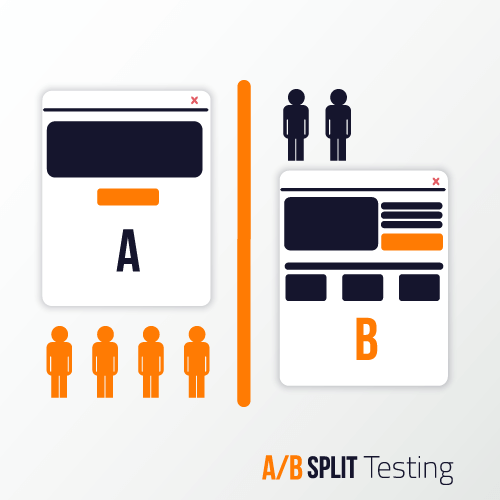Why Multivariate Testing Matters for Marketers
Here at Metadata, you’ll hear us refer to multivariate testing a lot. Why do companies use multivariate testing, and how does it enhance your marketing processes and results?
To understand how you can get the most out of a marketing plan, you should know how multivariate testing works, and what it can do for your business.
Multivariate testing is essentially an approach that analyzes different variables to come up with the best solution for your audience or readership. It’s an improvement on some traditional methods that have started to help companies get on the right track and fine-tune their marketing processes, to promote better lead-to-opportunity conversion and pipeline acceleration.
The Old Way – A/B Testing
For marketers, a precursor to multivariate testing is A/B testing. It’s called A/B testing because you are testing two choices – A and B.
A/B testing works like this – you put both of these choices in front of an audience. In other words, you split your audience into two groups and show them one or the other of these options. Then you track what happens – you see how people engage with the content, where they move in the funnel. You then begin A/B testing that option versus another accordingly.

When A/B testing was new, data engineers were hyping it as an amazing way to take the guesswork out of marketing. Prior to the emergence of these new technologies and techniques, people really had to guess about what kind of marketing results were best – something any fan of AMC’s “Mad Men” would understand.
Multivariate Testing Approaches – Adding More Variables
Nowadays, companies have even better options. They don’t have to settle for a simple A/B comparison. That means instead of just analyzing two webpages or two channels or two fonts or headlines, marketers can analyze a spectrum of choices and figure out which one is best and most effective.
Multivariate testing multiplies and enlarges the testing experience. Where A/B testing only uses a binary model, multivariate testing expands into a larger number of statistical variables.
Why That’s Good – Doing More with Multivariate Testing
Suppose a company has three major ways to reach people – a Facebook page, a web site and a Twitter feed. There’s a core message that can be sent out over each of those three media.
Multivariate testing can probe this essential problem where A/B testing couldn’t. Companies can get hard results about which of the three channels can outperform the others.

But that’s not where it ends, either. Suppose there are three slight variations to this core message that can still go out over each of these three channels. That’s nine possibilities to deal with.
Good multivariate testing services can easily handle this problem. They will test all of those possible permutations and bring back actionable results that can bring tremendous returns on investment.
Adding Machine Learning and Artificial Intelligence
Even before the advent of machine learning and artificial intelligence techniques, multivariate testing was pretty great. But now you get an enhanced ability of machines to automate marketing processes and other decision-making tasks. You get multivariate testing on steroids.
A lot of what artificial intelligence is about is doing more with less human handling. Maybe in an original multivariate testing plan, the computer just came back with statistical results and showed them to people on a dashboard.
A demand generation platform that employs artificial intelligence or machine learning can take that data and make its own decisions. This will take even more of the labor and effort out of directing a marketing plan.
Think about this company we were talking about above. Instead of having marketing people take the raw numbers and analyze them, and manually refine the different permutations of offers and channels, your demand gen platform can actually make those decisions in close to real time and post the content themselves. You could essentially have self-running marketing programs that really don’t require much human intervention at all.
Your marketing team saves a ton of manual effort, and you can much more quickly hone in on the combinations of offers and channels that convert the best and drive pipeline and revenue.
When you really understand what multivariate testing can do, you’ll be excited about the ways that it can improve your business results. In the next post in this series, we’ll go into some of the examples of what today’s firms are doing with this cutting-edge marketing methodology.
Meanwhile, let us know if we can help you add multivariate testing to your demand gen efforts!



